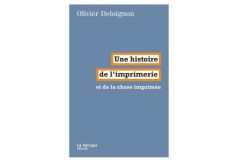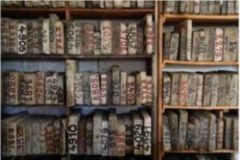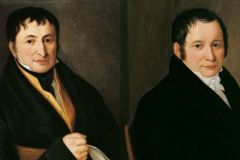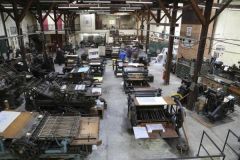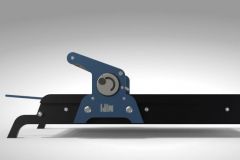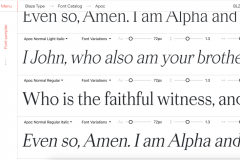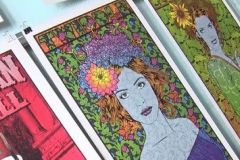With the rise of letterpress printing and the ever-increasing print runs of daily newspapers, the need arose to preserve the original printing plates that were essential for the print runs, plates that were in danger of being worn away by the pressure, friction and inks of letterpress presses. There was only one solution: the creation of a duplicate using a matrix obtained by taking an impression, a mold that could be reused many times, and which also saved precious manual typesetting time.
Stereotyping dates back to the 18th century, when the Parisian printer Guillaume-Amable Valleyre, in order to print Books of Hours he used clichés obtained by pouring copper into a clay impression.
From then on, printers such as William Ged, Joseph Hoffman, Joseph Carez, Firmin Didot and Louis-Etienne Herhan constantly improved the process.
It was a Lyonnais, Jean-Baptiste Genoux, a printer's feeder, who in 1829 devised and patented a mold made of several layers of fine paper with clay in between, which he named "flan", after the metal blank destined to become a medal.

The blank, in its more modern version, became a sheet of fibrous material resistant without burning to extreme heat, the result of a molten casting at nearly 300 degrees made of 80% lead, 14% antimony and 6% tin poured into the mold to obtain the stereo.
The shape or cliché to be reproduced is oiled, the cellulose paste deposited, and the whole thing slid onto the bottom plate of a press heated to over 150 degrees to evaporate the moisture. A real oven flan recipe, even if the end result looks more like a papier-mache egg carton! The pressure exerted is in the order of 100 to 150 kg/m 2 . Once the molten alloy has been poured, the new cliché, created in relief and right-side-up, is sawn, planed and then mounted on a block of the required height.
The blank, a flexible impression, was used in London in 1856 for curved castings to obtain the first cylindrical plates mounted on rotary letterpresses. Stereotyping was universally used in the 20th century to print daily newspapers on letterpress presses.



